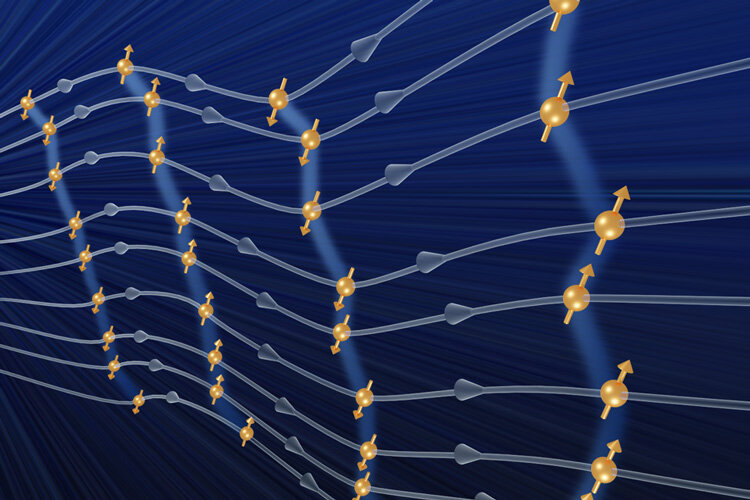Using new quantum computing architectures to create time crystals
10. 11. 2021 | Phys.org | www.phys.org
UC Berkeley physicist Norman Yao first described five years ago how to make a time crystal—a new form of matter whose patterns repeat in time instead of space. Unlike crystals of emerald or ruby, however, those time crystals existed for only a fraction of a second.
But the time has arrived for time crystals. Since Yao's original proposal, new insights have led to the discovery that time crystals come in many different forms, each stabilized by its own distinct mechanism. Using new quantum computing architectures, several labs have come close to creating a many-body localized version of a time crystal, which uses disorder to keep periodically-driven quantum qubits in a continual state of subharmonic jiggling—the qubits oscillate, but only every other period of the drive.

In a paper published in the journal Science last week, Yao and colleagues at QuTech—a collaboration between Delft University of Technology and TNO, an independent research group in the Netherlands—reported the creation of a many-body localized discrete time crystal that lasted for about eight seconds, corresponding to 800 oscillation periods. They used a quantum computer based upon a diamond, where the qubits—quantum bits, the analog of binary bits in digital computers—are the nuclear spins of carbon-13 atoms embedded inside the diamond.
Read more at Phys.org
Image Credit: QuTech
-jk-




